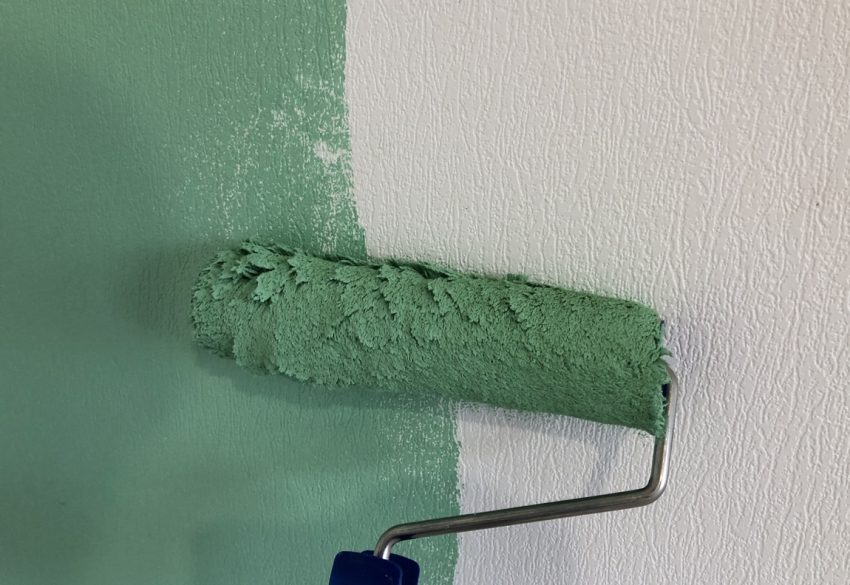How long does it take for wall paint to dry? When painting walls, it is important to allow sufficient time for the paint to dry before handling or making any contact with the surface. The drying process of wall paint depends on various factors, such as paint type, room temperature, humidity levels, and ventilation. In this comprehensive guide, we will explore the average drying times for different types of wall paint, the factors affecting drying time, tips for speeding up the drying process, and what to avoid during the drying period. Understanding the drying process will help ensure a successful and durable paint finish.
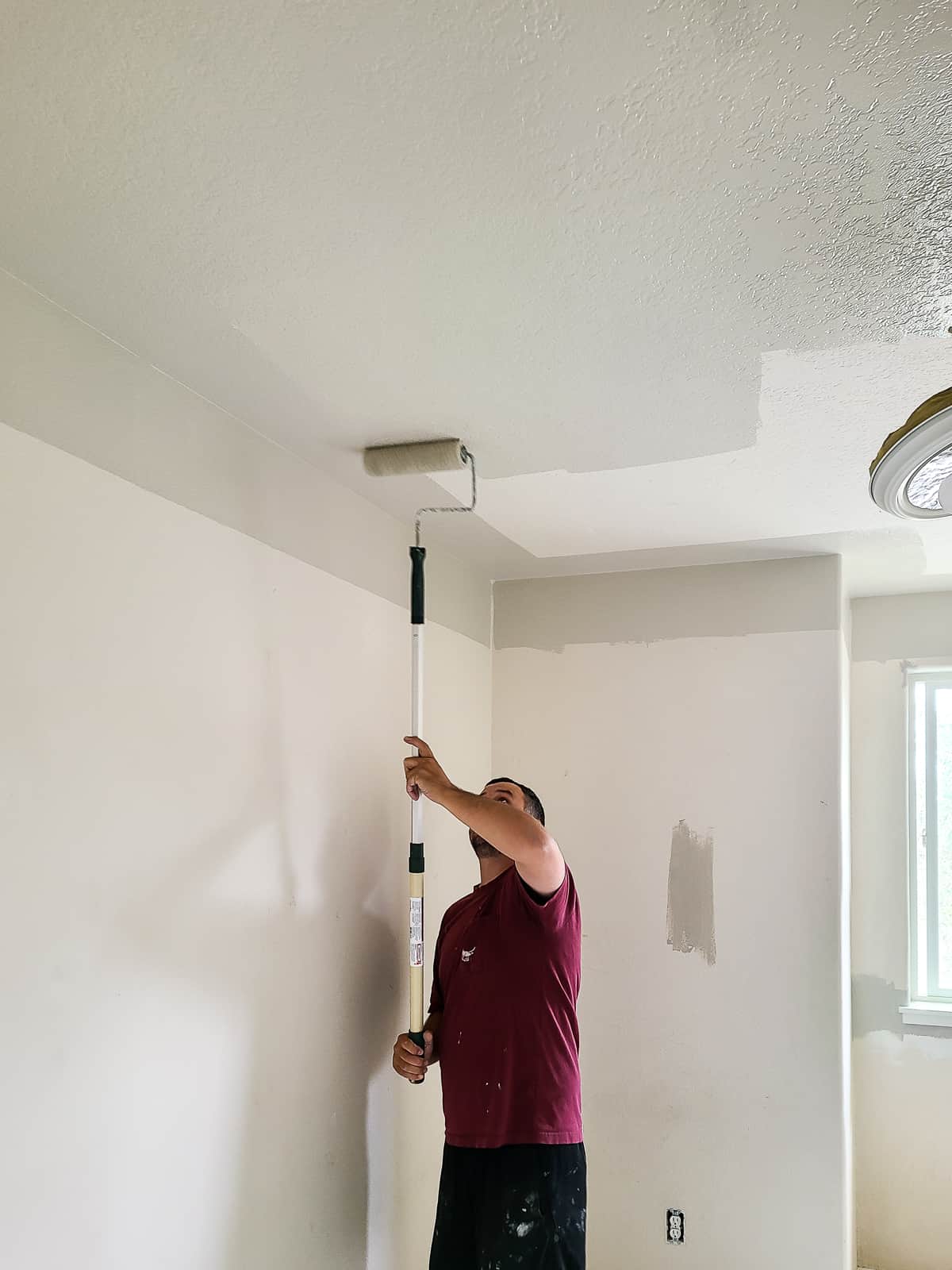
Setting Time vs. Curing Time: Different Stages of Drying
When discussing paint drying, it is important to differentiate between setting time and curing time:
- Setting Time: Setting time refers to the initial drying period when the paint surface becomes dry to the touch. This typically occurs within a few hours after application, depending on the paint type and environmental conditions.
- Curing Time: Curing time refers to the complete hardening and drying process of the paint film. It involves the evaporation of solvents or water content and the chemical reaction that allows the paint to reach its maximum durability and hardness. Curing time can vary significantly depending on the type of paint and may take several weeks or even months.
Average Drying Times for Common Wall Paint Types
Average drying times can vary depending on the type of wall paint used:
- Latex or Acrylic Paint: Latex or acrylic-based paints are popular for easy wall paint applications due to their quick-drying properties. These paints often have a setting time of 1-2 hours, allowing for additional coats to be applied on the same day. Curing time for latex or acrylic paint can range from a few weeks to a month.
- Oil-Based Paint: Oil-based paints have a longer drying time compared to latex or acrylics. It typically takes around 6-8 hours for oil-based paint to set, and curing time can take up to a week or longer. It is crucial to allow sufficient drying time between coats to avoid issues with adhesion and bubbling.
- Water-Based Enamel Paint: Water-based enamel paints offer the durability and finish of traditional oil-based paints but with faster drying times. These paints usually have a setting time of 1-2 hours and can be recoated within 4-6 hours. Curing time for water-based enamel paint can take up to two weeks.
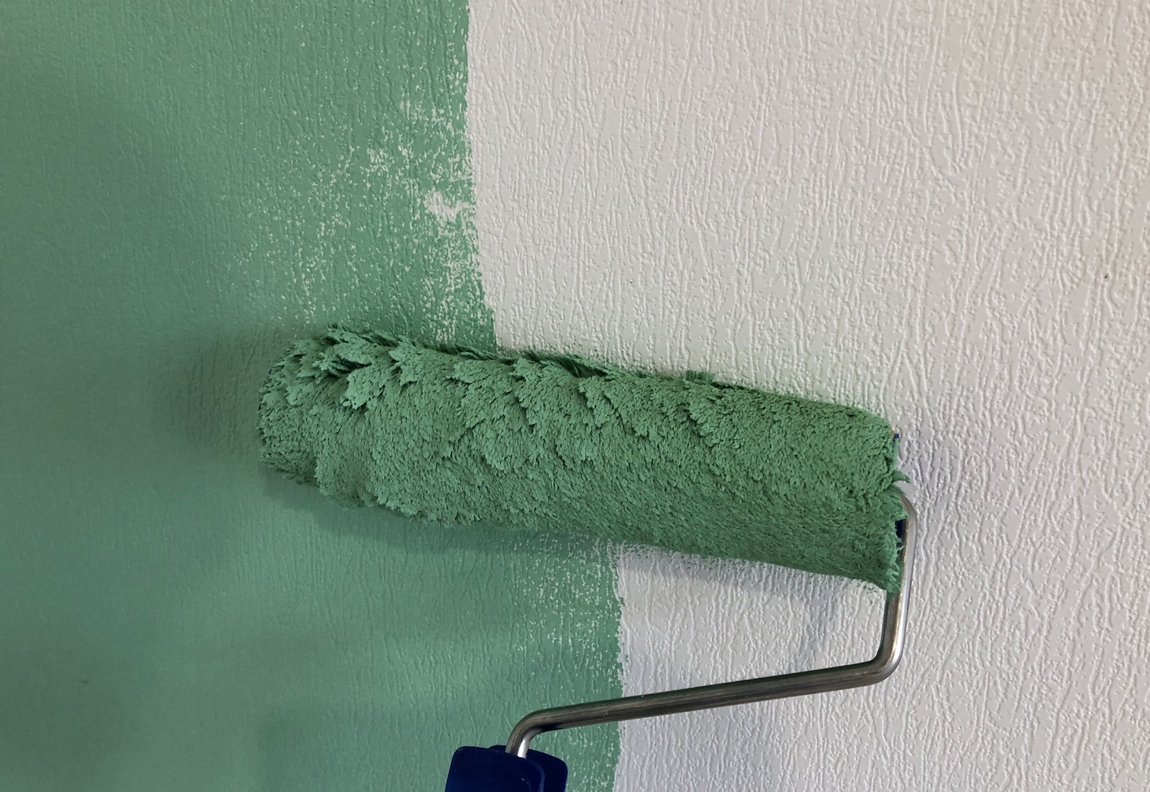
Factors Affecting Drying Time
Several factors influence the drying time of wall paint:
- Room Temperature: The ambient temperature of the room affects the evaporation rate of solvents or water content in the paint. Warmer temperatures accelerate the drying process, while colder temperatures can delay drying. Aim for a room temperature of around 70°F (21°C) for optimal drying conditions.
- Humidity Levels: High humidity can significantly prolong drying time as moisture in the air inhibits the evaporation process. Lower humidity levels facilitate faster drying. Ideally, maintain a relative humidity of around 40-50% for optimal drying conditions.
- Ventilation: Proper air circulation and ventilation speed up the drying process by facilitating the evaporation of solvents or water content. Use fans or open windows to allow fresh air to circulate in the room while painting or during the drying period.
- Paint Thickness: The thickness of the paint layer can affect drying time. Thicker coats of paint take longer to dry and cure compared to thin, even coats. To expedite the drying process, apply multiple thin coats rather than one thick coat.
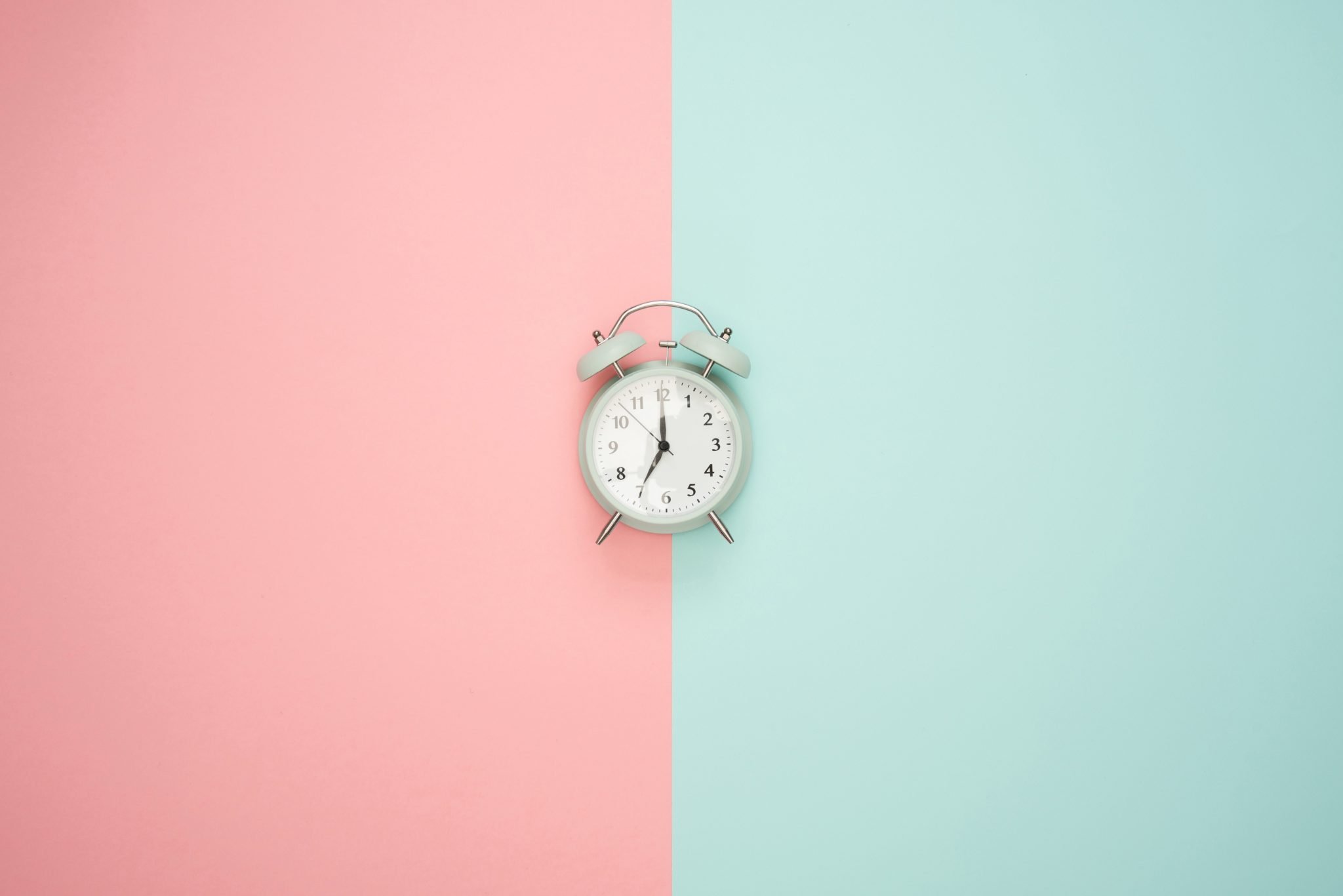
The Drying Process
How long does it take for wall paint to dry? If you are looking to expedite the drying process of accent wall geometric wall paint, consider the following tips:
- Ensure Adequate Ventilation: Proper air circulation helps paint dry faster. Use fans or open windows to facilitate airflow while painting and during the drying period.
- Reduce Humidity: Use dehumidifiers or air conditioners to lower the humidity levels in the room, as high humidity can extend drying time.
- Increase Room Temperature: Raising the room temperature speeds up the drying process. However, avoid excessive heat, which can cause the paint to dry too quickly and result in a poor finish.
- Thin Coats: Apply multiple thin coats rather than thicker coats to expedite drying time. Thinner coats dry faster and allow better airflow to penetrate the paint film.
- Use Fast-Drying Paints: Look for paint products specifically labeled as fast-drying or quick-drying, as they are formulated to dry faster than standard paints.
- Follow Manufacturer’s Instructions: Always refer to the manufacturer’s instructions regarding drying and recoating times specified for the specific paint product. These guidelines are tailored to ensure optimal results.

Precautions for using wall paint
How long does it take for wall paint to dry? Using ceiling paint effectively requires careful consideration of various factors to ensure a successful and durable finish. From surface preparation to choosing the right paint type and application techniques, there are several key considerations to keep in mind.
Surface Preparation: Creating a Solid Foundation
Proper surface preparation is crucial for a successful paint job:
- Clean and Dry Surface: Ensure the surface is clean and free from dust, dirt, grease, or any other contaminants that may affect paint adhesion. Clean the surface thoroughly and allow it to dry completely before painting.
- Repair and Patching: Inspect the surface for any cracks, holes, or imperfections. Fill and repair these areas using an appropriate patching compound or filler. Sand the patched areas smooth before painting.
- Sanding and Smoothing: If the surface has an existing paint or varnish, sand it lightly to remove any loose or peeling paint. Smooth out rough areas to create an even surface for paint application. Clean the surface after sanding to remove dust.
- Primer Application: In some cases, applying a primer before painting may be necessary, especially on bare surfaces or when transitioning between different types of paint or substrates. Follow the manufacturer’s instructions for proper primer application.
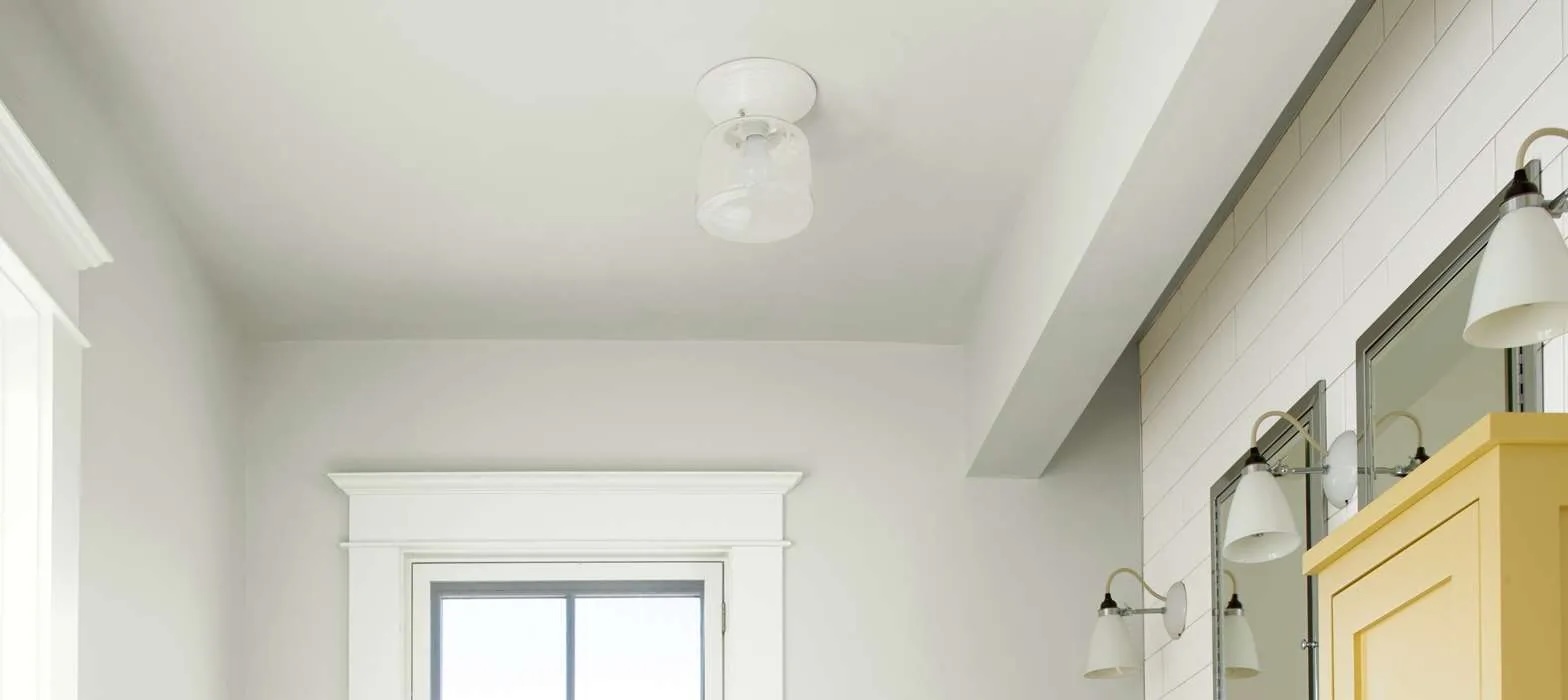
Conclusion:
How long does it take for wall paint to dry? The drying time of wall paint varies depending on the type of paint, environmental conditions, and other factors. While some paints may dry to the touch within hours, complete curing can take weeks or longer. It is crucial to allow sufficient drying time between coats and avoid premature handling or contact with the painted surface. By understanding the average drying times, considering external factors, and following best practices for drying, you can ensure a successful and durable paint finish for your walls. Patience and allowing adequate drying time will help you achieve optimal results and a beautiful, long-lasting paint job.
